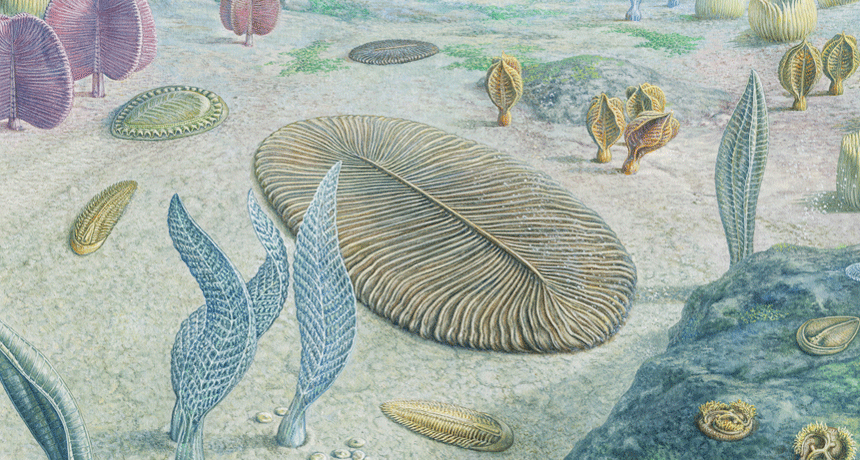Questions for ‘Living Mysteries: Meet Earth’s simplest animal’

Dickinsonia was one of the first animals on Earth. It lived on the ocean floor 550 million to 560 million years ago. It looked like a giant version of the modern-day Trichoplax, the simplest animal now alive.
John Sibbick